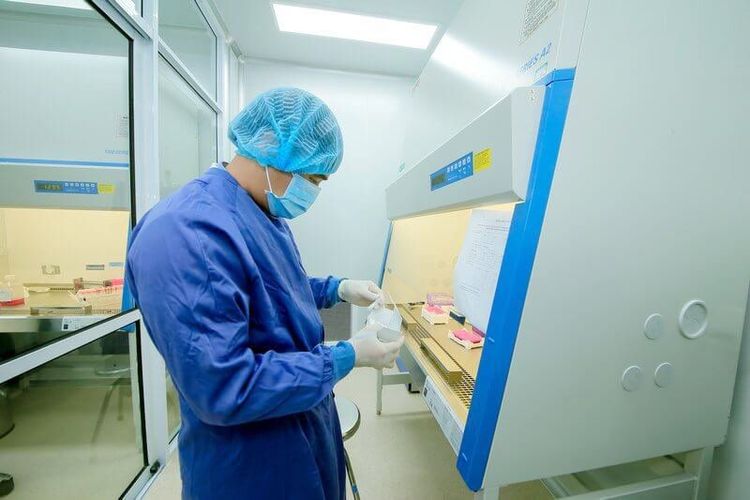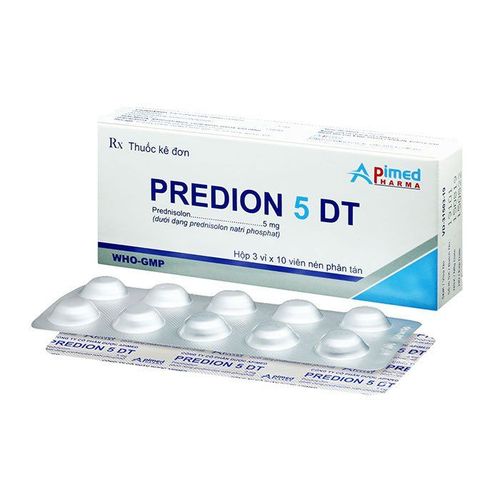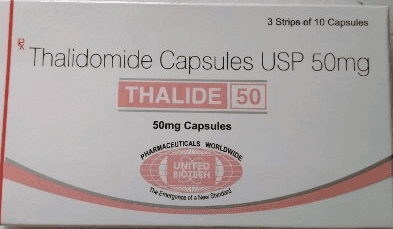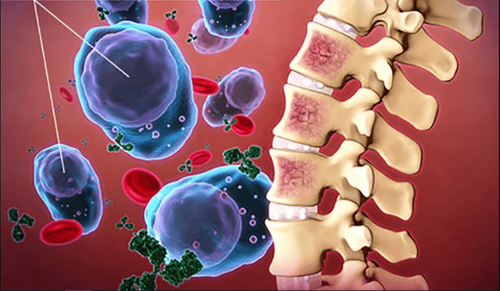This is an automatically translated article.
Multiple myeloma is actually a type of cell line cancer, it is estimated that for every 100 people infected, 85 people will die. Therefore, timely diagnosis and treatment of multiple myeloma plays an extremely important role, contributing to improving the survival rate for patients.1. What is multiple myeloma?
Multiple myeloma, which is a malignant disease, originates from a component of white blood cells called plasma cells.
In the early stages of the disease, an abnormal plasma cell in the human body rapidly grows and multiplies into many other abnormal cells.
After a period of time, plasma cells tend to gather in the bone marrow and crowd out other normal blood cells such as platelets and white blood cells. If these cells are concentrated in solid bone, they are diagnosed as myeloma, and if they are only present in a single bone site, they are called plasma cell tumors.
Researchers have shown that, as these cells grow, they secrete a special type of antibody called the M protein. This is also the basis for doctors to diagnose and make prognosis about the disease.
2. What are the symptoms of multiple myeloma?
The first manifestation of the disease is that the patient has a feeling of fatigue, weight loss, weakness, poor appetite, mild bone pain in flat bones such as spine, ribs, joint pain.
After the plasma cells in the body develop strongly, the disease will turn into a full-blown stage, causing the patient's body to completely collapse, leading to many bone areas in the body pain, even pain. In the areas of the skull, sternum, ... using painkillers can also ease this pain, may appear enlarged spleen, spontaneous fracture.

Người bệnh có thể gặp một số triệu chứng như đau xương sọ
In addition, the disease can cause many kinds of negative complications such as:
Urinary tract infection complications, lung infections. More dangerous is neurological complications, due to spinal cord compression leading to paralysis of 2 lower limbs, paralysis of cranial nerves, leading to mental disorders. Many patients have blood complications that will lead to bleeding, marrow failure, increased uric acid due to chemotherapy and kidney failure. People with multiple myeloma often have kidney damage. The pillar located in the lumen of the renal tubule will cause tubular atrophy and lead to fibrosis of the renal interstitium. The damage to the kidney caused by multiple myeloma is typically: glomerulosclerosis, acute tubular necrosis, proliferative glomerulonephritis, amyloid deposition in the kidney, and calcium deposition in the nodular region. renal interstitial function. Chronic kidney failure can also be encountered when the patient is dehydrated, increased calcium in the blood, bacterial infection, ... This is a malignant disease, if treated, it can prolong the survival time from 6 months to 3 months. five. The main goals of treatment are to relieve symptoms of the disease, and reduce protein production.
3. What tests are used to diagnose multiple myeloma?
When a patient has symptoms of multiple myeloma, the medical staff will ask for the following mandatory tests:
Check the blood cells along with other components in the blood. Because myeloma cells will cause an increase in the percentage of plasma cells in the blood and increase in blood calcium. X-ray: To check the condition of the bone along with damage that can destroy the bone. The myeloma will be responsible for detecting plasmocytes with monoclonal Ig. Urine test: This is the typical test to look for Bence-Jones protein. If this protein is found to be increased in the urine, it may be the cause of tubular obstruction and kidney damage, causing kidney failure.

Xét nghiệm nước tiểu có thể giúp tìm nguyên nhân gây bệnh đa u tủy xương
Blood protein electrophoresis test. Biopsy test: This is the first solution for specialists to determine whether cancer cells are invading the patient's bone marrow or not. And some other tests will be required to assess the stage of the disease such as magnetic resonance imaging, computed tomography, bone scan, etc.
4. Current treatment of multiple myeloma?
Treatment of this disease depends on the symptoms and stage of the disease. The most commonly used drugs for the treatment of multiple myeloma are typical antineoplastic agents (vincristin, melphalan, doxorubicin) and some steroids.
In addition, many studies have shown that thalidomide use for newly diagnosed multiple myeloma and have never used other drugs has a response rate in the range of 66-81%, contributing to help prolong the patient's survival time and subsequent relapse time.
Currently, Vinmec International General Hospital is a leading medical facility in the field of detecting cancer-related diseases and in which multiple myeloma can be treated with specific treatment. stem cell transplantation in the treatment of multiple myeloma. Hematopoietic stem cell transplantation is the most radical treatment, the opportunity to help patients with malignant blood diseases, including multiple myeloma, so that patients can recover and lead normal lives.

Tại Vinmec hiện nay đang áp dụng phương pháp ghép tế bào gốc tạo máu điều trị bệnh đa u tủy xương
Any questions that need to be answered by a specialist doctor as well as customers wishing to examine and treat at Vinmec International General Hospital, you can contact Vinmec Health System nationwide or register online HERE.













